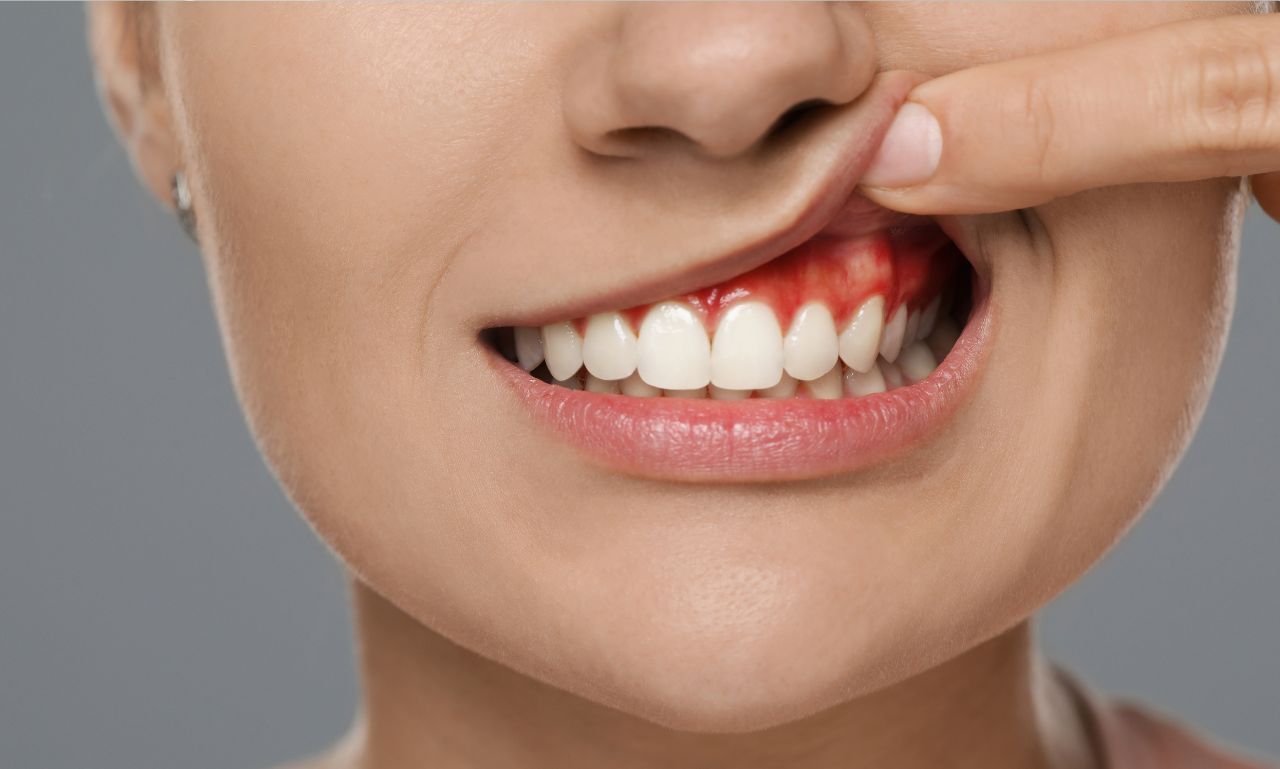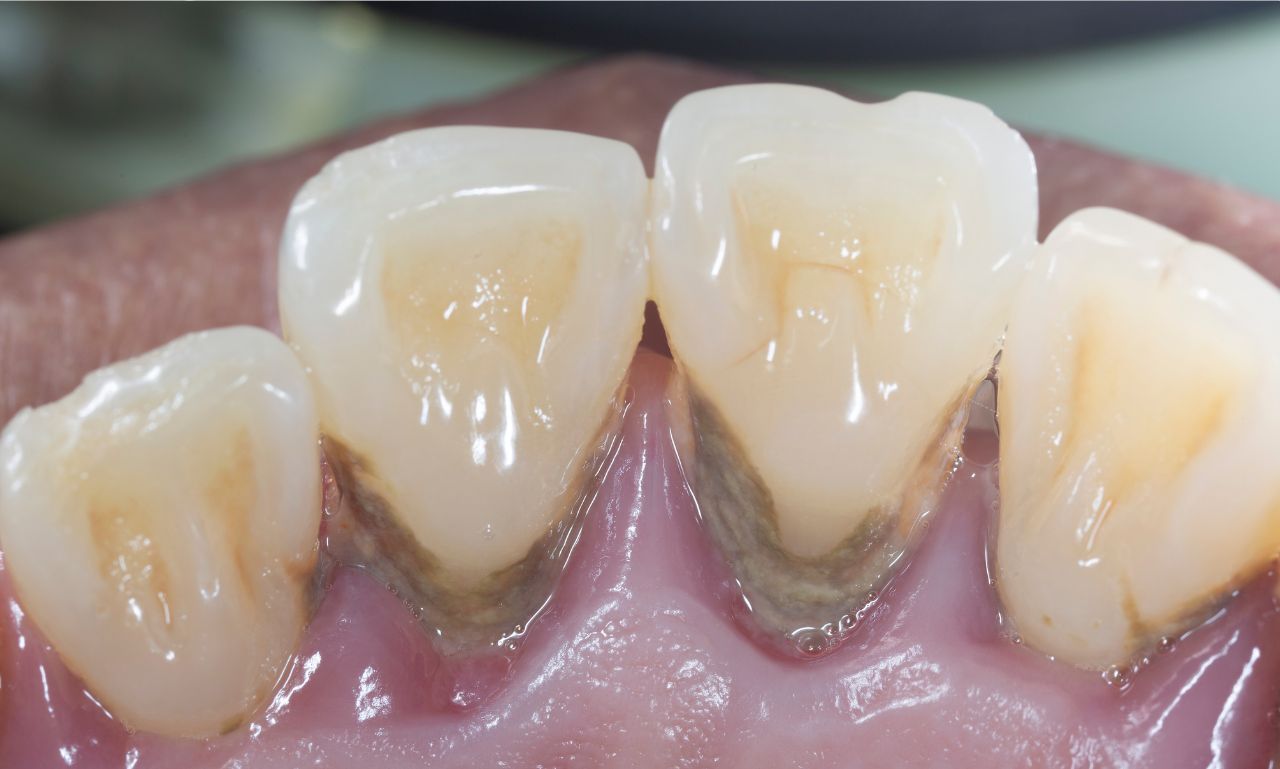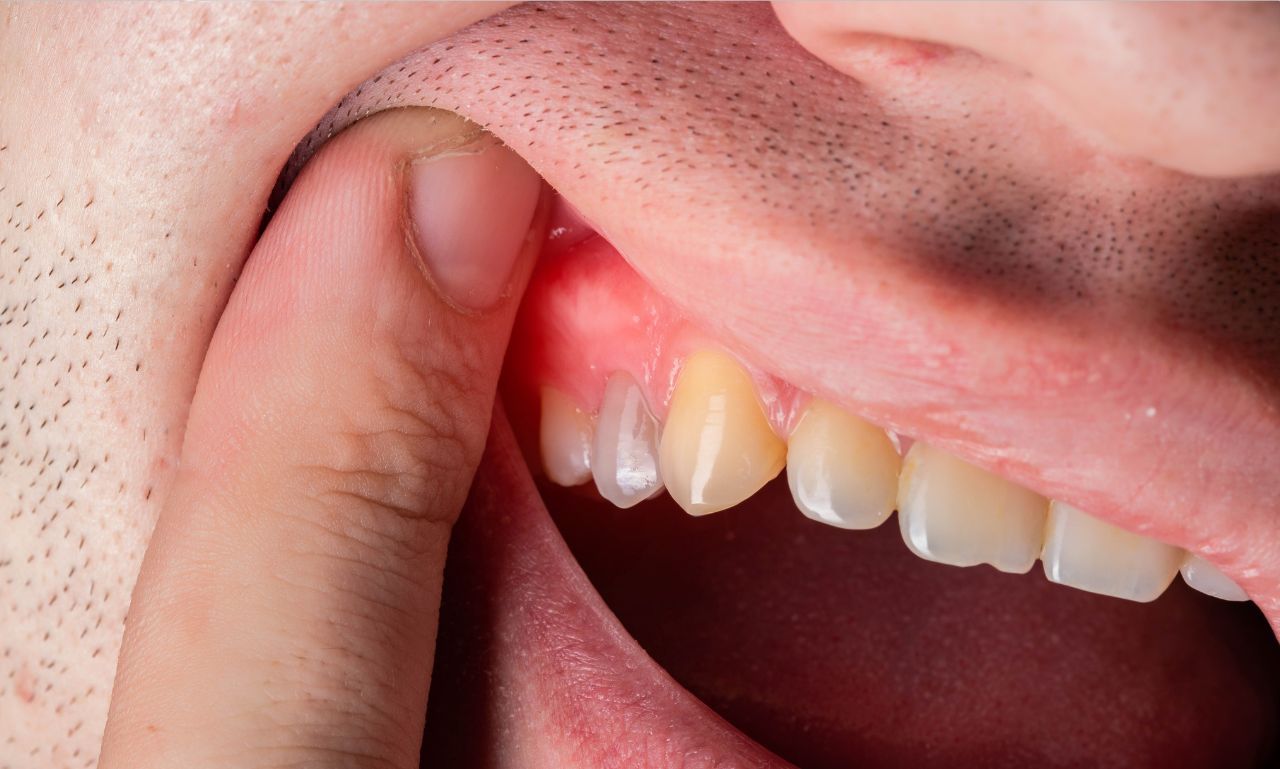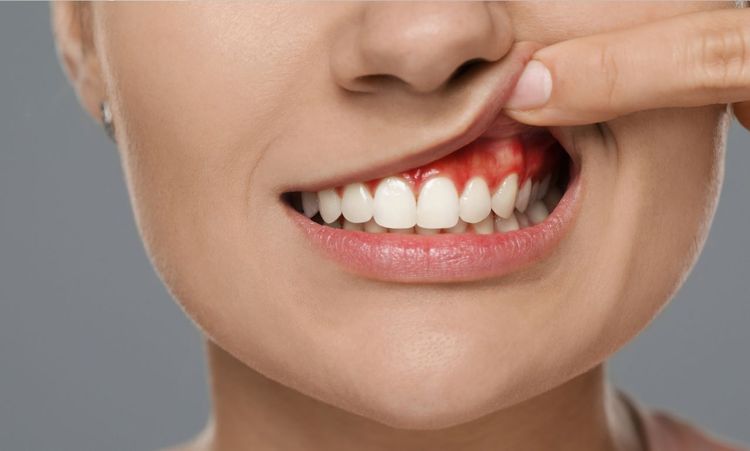Periodontal or gum disease is a highly common and yet widely neglected health concern of millions worldwide. From the very mild gingivitis to the highest form of periodontitis, all are severe complications to your oral health, such as tooth loss and even bone damage. But what are the stages of periodontal disease, and how do you identify them? In this article, I will guide you through the five stages of gum disease, sharing some personal insight and tips on how to keep your gums healthy. Let's get started.
Bleeding Gums
Bleeding gums are often the first sign that something isn’t right with your oral health. You might notice a bit of blood when you brush or floss, or even when you bite into something crunchy like an apple. While it might seem harmless, bleeding gums are your body’s way of signaling that inflammation is present.
Gingivitis

Bleeding gums are a hallmark of gingivitis, the mildest form of gum disease. At this stage, plaque has built up along your gum line, causing irritation and inflammation. The good news? Gingivitis is reversible with proper oral hygiene and professional cleanings.
Symptoms of Gingivitis
In addition to bleeding gums, other common signs of gingivitis include:
- Red, swollen gums
- Bad breath
- Receding gum line
- Tender gums
If you notice any of these symptoms, don't panic - but do schedule a dental check-up ASAP. Catching and treating gingivitis early is key to preventing more serious damage down the line.
Early Periodontitis
If gingivitis is left untreated, it can progress to early periodontitis. At this stage, the infection starts to destroy the bone and fibers that hold your teeth in place. Pockets form between your teeth and gums, providing the perfect breeding ground for harmful bacteria.
Symptoms of Early Periodontitis
As periodontitis progresses, you may experience:
- Deepening pockets between teeth and gums
- Loose teeth
- Changes in bite or tooth positioning
- Persistent bad breath or taste
Early periodontitis requires professional intervention to halt the damage. Your dentist may recommend scaling and root planing, a deep cleaning procedure that removes plaque and tartar build-up below the gum line.
Moderate Periodontitis

In moderate periodontitis, the infection continues to destroy gum tissue and bone. Pockets deepen further, allowing even more bacteria to accumulate. At this point, your teeth may start to loosen or shift as they lose support.
Treatment for moderate periodontitis typically involves more extensive scaling and root planing, possibly combined with antibiotics to control the infection. In some cases, surgical procedures like flap surgery or bone grafts may be necessary to regenerate lost bone and tissue.
Advanced Periodontitis
By this point, the infection has caused significant damage to the structures supporting your teeth. Pockets are very deep, teeth may be extremely loose, and biting or chewing can be painful.
At this stage, aggressive treatment is essential to save your teeth. Options may include:
- Periodontal surgery to reduce pocket depth
- Bone grafting to regenerate lost bone
- Soft tissue grafts to reinforce receding gums
- Tooth extraction for severely damaged teeth
Without intervention, advanced periodontitis often leads to tooth loss and other serious oral health problems. That's why prevention and early detection are so crucial!
How Common Is Gum Disease?
According to the CDC, nearly half of American adults aged 30 and older have some form of periodontal disease. That's a whopping 64.7 million people!
The risk of gum disease increases with age, with 70.1% of adults 65 and older affected. Other risk factors include:
- Smoking or tobacco use
- Poor oral hygiene habits
- Genetics
- Certain medications
- Chronic conditions like diabetes or HIV
Despite its prevalence, many people are unaware they have gum disease until it reaches advanced stages. That's why regular dental check-ups are so important - they allow your dentist to spot and treat problems early.
How to Prevent Gum Disease
Preventing gum disease starts with good oral hygiene. Here are some tips I swear by:
- Brush Twice a Day: Use a fluoride toothpaste and replace your toothbrush every three months.
- Floss Daily: Flossing removes plaque and food particles that your toothbrush can’t reach.
- Use Mouthwash: An antibacterial mouthwash can help reduce plaque and freshen your breath.
- Eat a Balanced Diet: Limit sugary foods and drinks, which can contribute to plaque buildup.
- Visit Your Dentist Regularly: Routine check-ups and cleanings are essential for catching problems early.
Is Gum Disease Linked to Other Health Problems?

Believe it or not, the health of your gums can impact your overall well-being. Research has linked periodontal disease to several serious health conditions, including:
- Heart disease and stroke
- Diabetes
- Rheumatoid arthritis
- Respiratory diseases
- Pregnancy complications
While the exact mechanisms aren't fully understood, experts believe the chronic inflammation caused by gum disease may contribute to these systemic health issues. Treating periodontal disease may help manage or prevent associated health problems - yet another reason to stay on top of your gum health!
Conclusion
Periodontal disease may be common, but it's not inevitable. By understanding the stages of gum disease, watching for warning signs, and practicing good oral hygiene, you can keep your gums healthy for a lifetime.
If you do notice symptoms like bleeding or receding gums, don't hesitate to see your dentist. With early intervention and proper treatment, it's possible to halt and even reverse the progression of gum disease.
Remember: A healthy smile starts with healthy gums. So, keep brushing, flossing, and smiling your way to better oral health!




